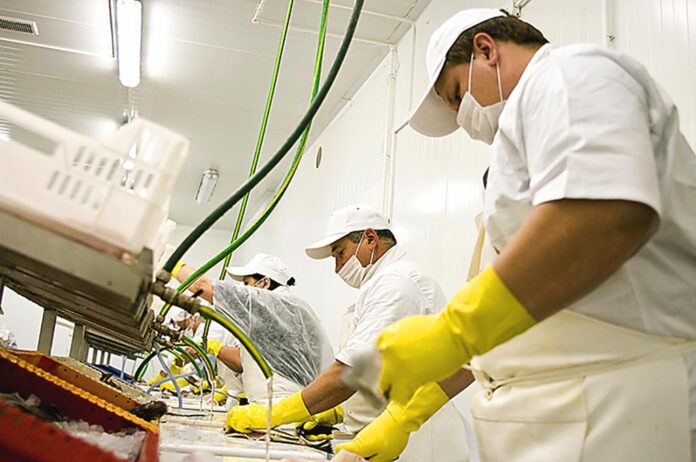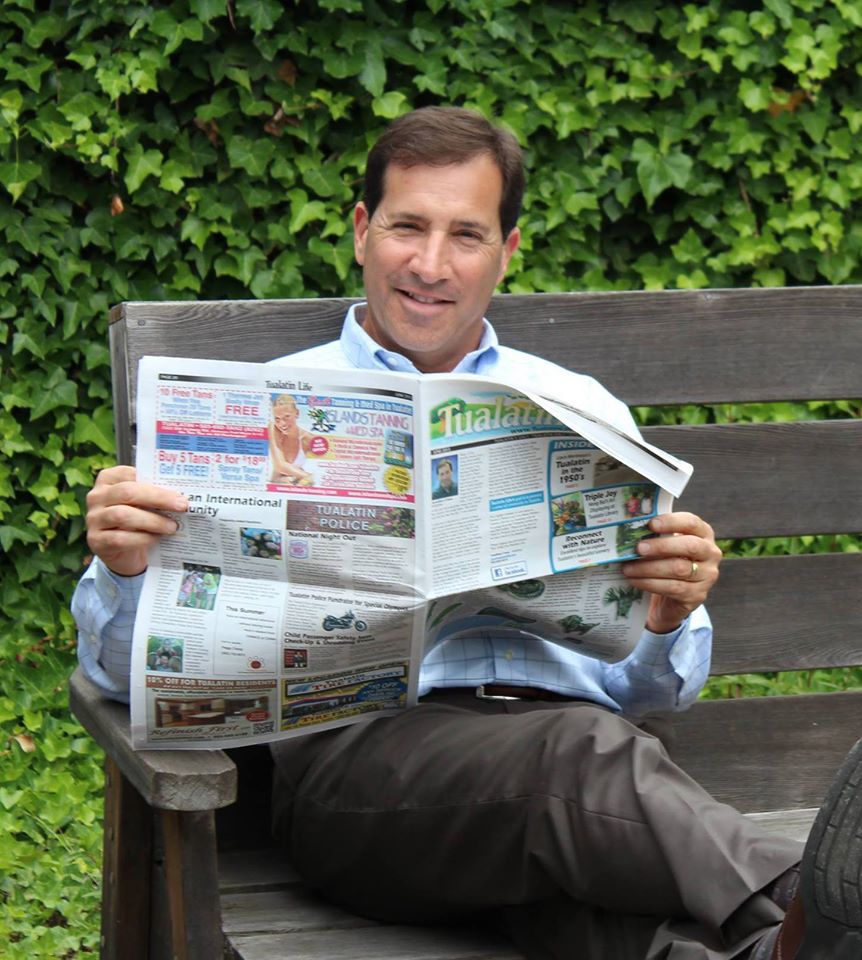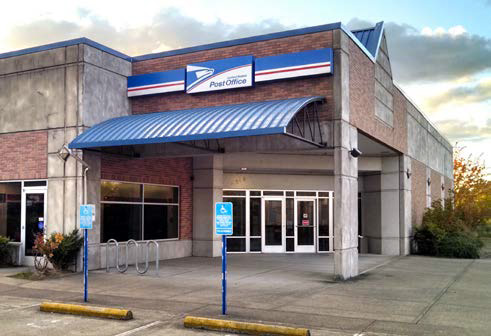Last month, I touched on the dramatic change in our labor market within just a couple of years. In 2021 and 2022, everyone was asking, “Where are all the people?” So many jobs were open, and seemingly nobody was available or willing to fill them. Demand was incredibly strong, and clients were begging for workers, but none were coming.
Many brought up our diminishing workforce as the cause of the labor shortage. What’s changed? Disturbing facts about the downward trend of the American labor force have been discussed for many years, and the future has looked bleak as changes to these issues are not easily fixed.
For starters, our shrinking population of native-born Americans was due to a combination of an aging population as well as significantly lower birth rates. And with the boomers retiring and fewer native-born Americans being born in this country, the problem will only expand over time. Changing the dynamic of birth rates is no simple task, nor quick, so how is it that workers have now re-emerged into the workplace and productivity is back up?
Perhaps it’s time to call out the elephant in the room. While many talk about the wave of immigrants as disastrous, perhaps there are some elements that are positive for our economy instead of the drag on the economy that many suggest.
In 2023, there are estimates (Brookings Institute) that 3.3 million immigrants entered this country, with over 2 million entering our labor force. This is three times larger than any year we’ve seen in well over a decade.
My Bureau of Labor and Statistics friend, Ron Hetrick, says, “The high inflation rates of ’21 & ’22 were not solved by interest rate increases, which did practically nothing, but by a massive inflow of cheap labor.”
According to CNBC, more than 3.7 million immigrants joined the U.S. labor force between 2020 and 2023, a 13% increase. Meanwhile, the U.S. native-born workers only added a 2% increase over the same period.
This tells us where our labor is coming from, and it’s not native-born Americans.
What does this added labor force do for our economy? More workers generate more goods and services, more consumer spending, more income taxes, and Social Security taxes. They not only help manufacturers produce more goods to profit from, but they are also a growing consumer group spending the dollars they earn on products in the U.S. This is a huge win all around. According to Mark Zandi, chief economist at Moody’s Analytics, “the increase in foreign-born workers is taking the pressure off the economy.”
It is obvious that the immigration issue and the chaos at our southern borders need to be solved, but in the interim, the benefits the immigrant labor force is quietly adding a huge benefit to our economy. It’s practically made our labor shortage disappear, paving the way for the economic rebound we are experiencing.




















